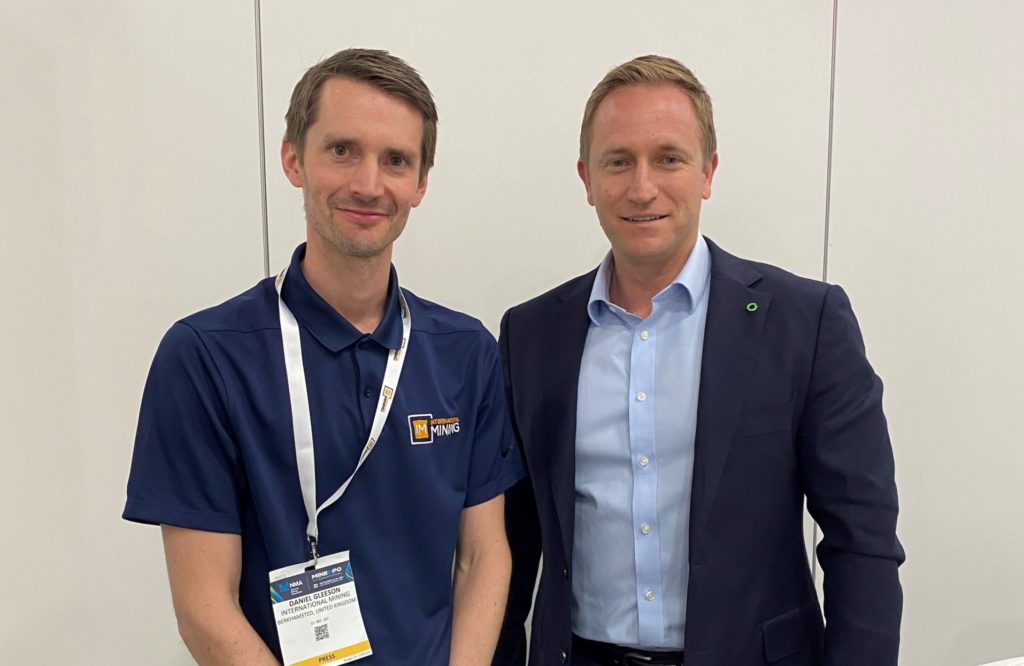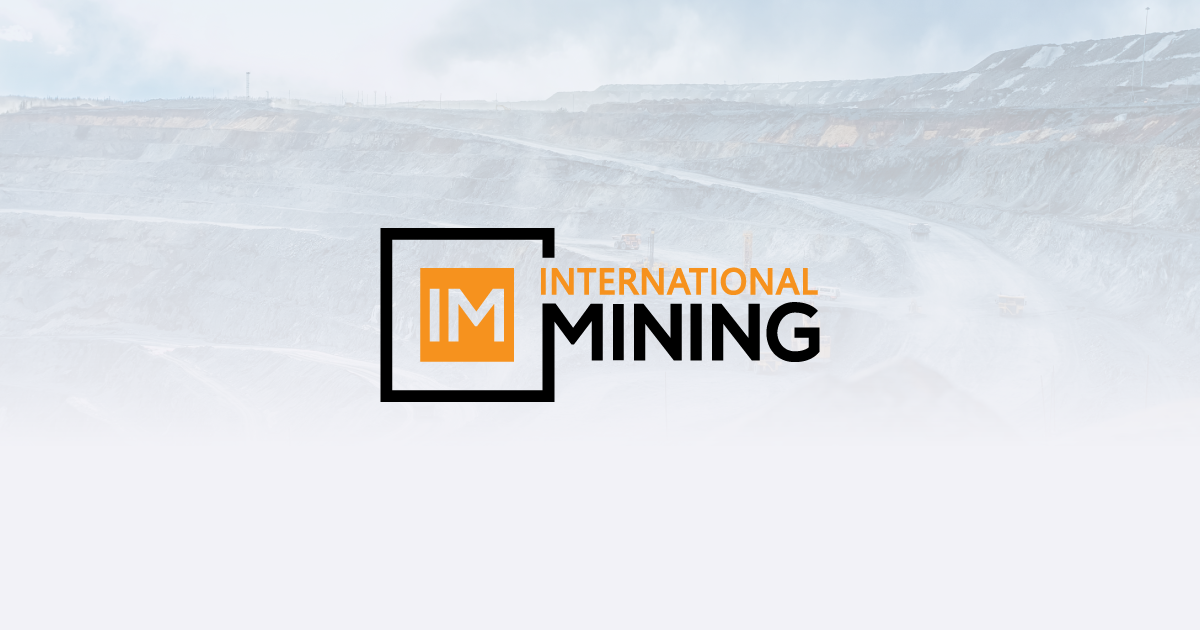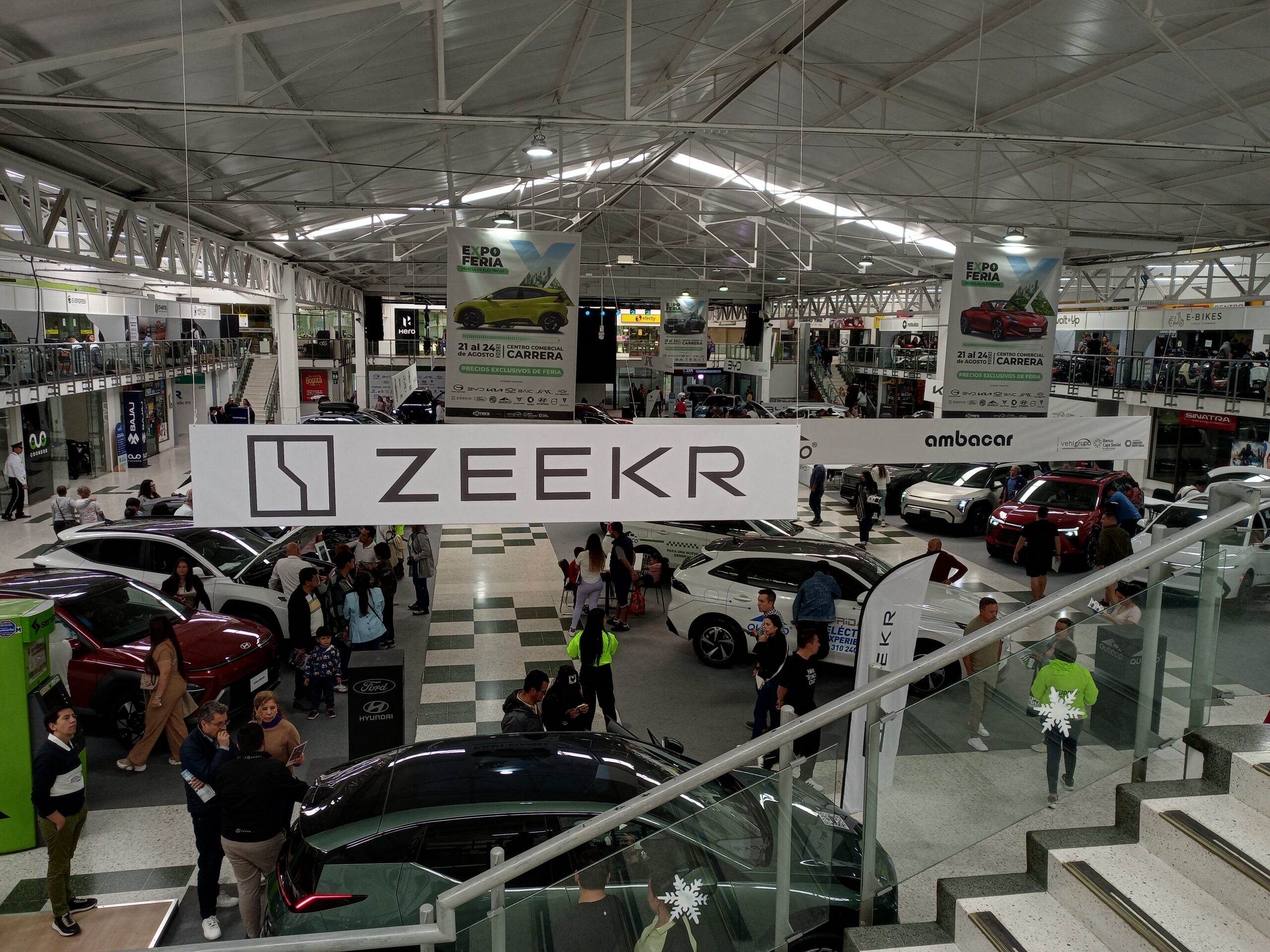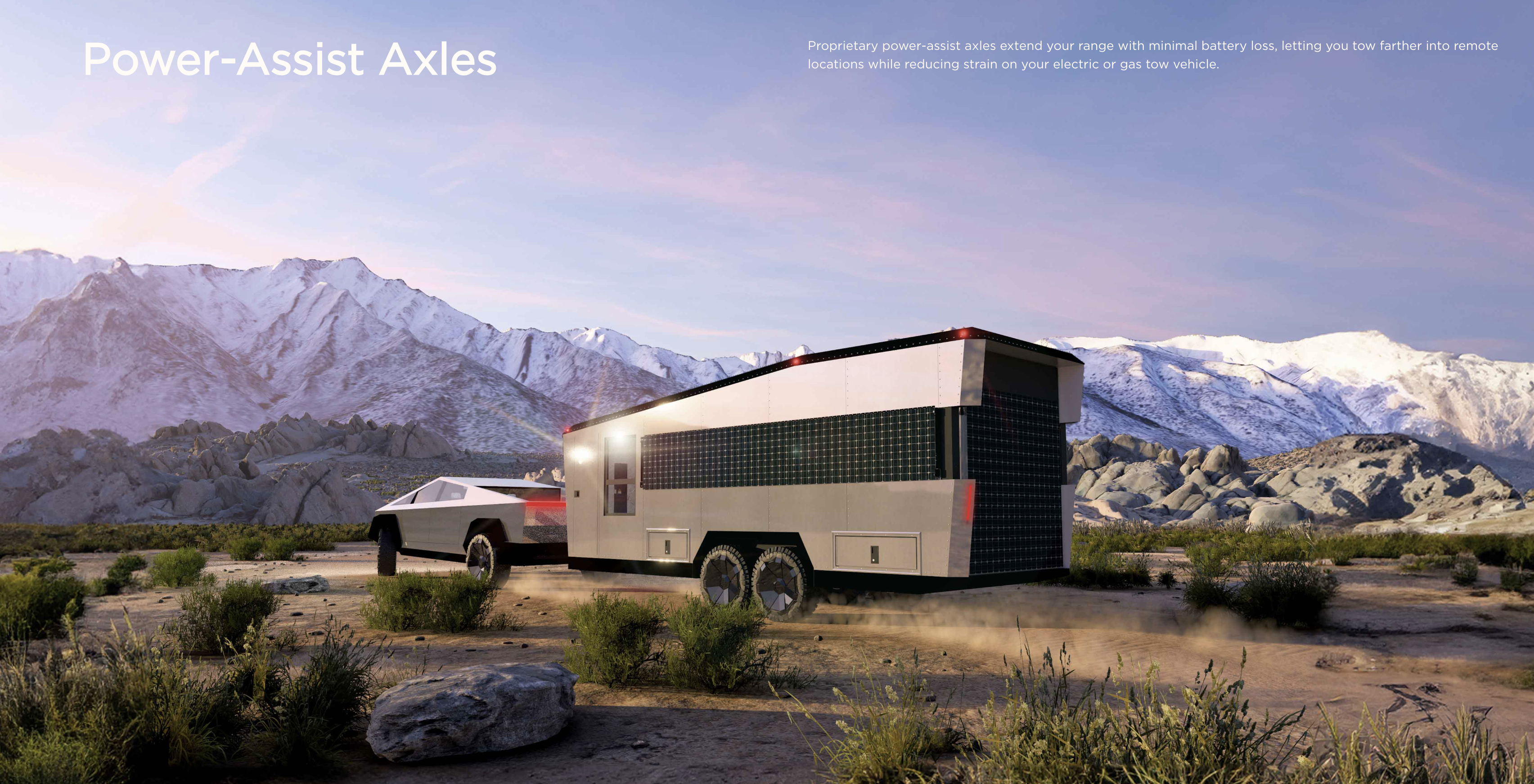It was hard to keep up with Fortescue at MINExpo 2024, in Las Vegas, last week – IM did its best – with the mining company having on-booth presentations throughout the three days and four press events on four other stands during the show.
The company’s presence was felt far beyond this, with the headline $2.8 billion agreement to supply 475 new Liebherr machines featuring Fortescue’s innovative green technology to Fortescue’s operations in Western Australia being a major talking point.
This was swiftly followed by announcements that the company would work with MacLean on delivering a fleet of 30 GR8 electric graders to its sites, take delivery of Australia’s first Epiroc Pit Viper 271 E (PV271E) electric-driven blasthole drill rig at one of its mines, and work with Scania on developing and validating a fully integrated autonomous road train solution, leveraging Scania’s technology in truck automation and Fortescue’s own fleet management system (FMS).
The common theme among all these was the perception that Fortescue should be viewed as more than just a mining company.
“There is an opportunity here for Fortescue to be seen as a technology company, as opposed to solely an iron ore miner,” Dino Otranto, CEO of Fortescue Metals, told IM after another press event appearance.
The technology the company acquired and is now deploying via its purchase of Williams Advanced Engineering in early 2022 is a key part of this transition. This has led to the development of battery-electric solutions as well as charging solutions – Fortescue Zero now has a 6 MW charging solution to call on.
Otranto got into some of the specifics behind this offering – including mention of an in-house DC-DC converter that is significantly smaller than other ultraclass battery-electric trucks showcased at the show, as well as batteries that are both cheaper and offer higher power densities than others on the market – and said these elements would all come into the Liebherr and MacLean machines that appear on site in Western Australia.

He went further than this though, outlining how the company’s “Fortex” solution – which combines autonomous haulage, FMS and Level 9 collision avoidance – would seamlessly integrate all the elements to create optimised autonomous and electric sites of the future.
“What we are developing with Fortex is akin to Android,” he said. “Where the traditional OEM models lock you into Apple and iOS, we want to offer an Android-style open source platform that allows you to share data and interface with other apps within the ecosystem.
“You will soon see us demonstrate that through the process of a traction power system at a mine site.”
With some of the energy requirement numbers for full battery-electric fleets being discussed today it is hard to see any company being able to commercialise zero-emission fleet haulage solutions without an overriding energy management platform. The operation will inevitably have to be optimised (read: automated) to ensure no kilowatt of energy is wasted and no machines run out of battery power. Add in automation, and the safety element around vehicle interaction also comes into play.
The AHS solution Fortescue and Liebherr have jointly developed as part of its latest rollout in Western Australia has a fleet management assignment engine at the core to monitor fleet energy levels. This should mean material movement and energy replenishment tasks can be assigned efficiently within zero emission fleets equipped with the system.
In this regard, Fortescue has its ‘ducks in a row’ to compete with the traditional mining OEMs in the evolving decarbonisation space.
The company will have to take these OEMs on, with Otranto acknowledging there are a finite number of Liebherrs and MacLeans willing to provide the machines that the company’s batteries will power, as well as an even smaller pool of companies open to accepting the type of AHS and FMS integration Fortescue currently envisages.
“We’re aware that some OEMs will do everything they can to protect their supply chain, but what we are offering – especially on the software side – represents real disruption,” Otranto said.
“We are looking to take a decent market share in the mining sector when it comes to decarbonisation, but there are even bigger opportunities outside of mining – in construction, in shipping, with locomotives, etc.”

Such a move would bolster the company’s bottom line, as well as allow Fortescue to be rated by the investment community as something equivalent to a technology stock: a status that comes with premium trading multiples.
This business model adaptation already appears to be gaining traction.
IM has spoken to mining companies in touch with Fortescue about potentially deploying some of its solutions within a mine decarbonisation context.
Reuters also reported, last week, that Fortescue and Liebherr have secured orders for 100 autonomous battery-powered mining trucks for other mining and transport companies, quoting Fortescue Executive Chairman, Andrew Forrest.
Fortescue is evidently ready to disrupt the decarbonisation status quo. The question is: is the wider mining company community willing to accept this new market dynamic?




